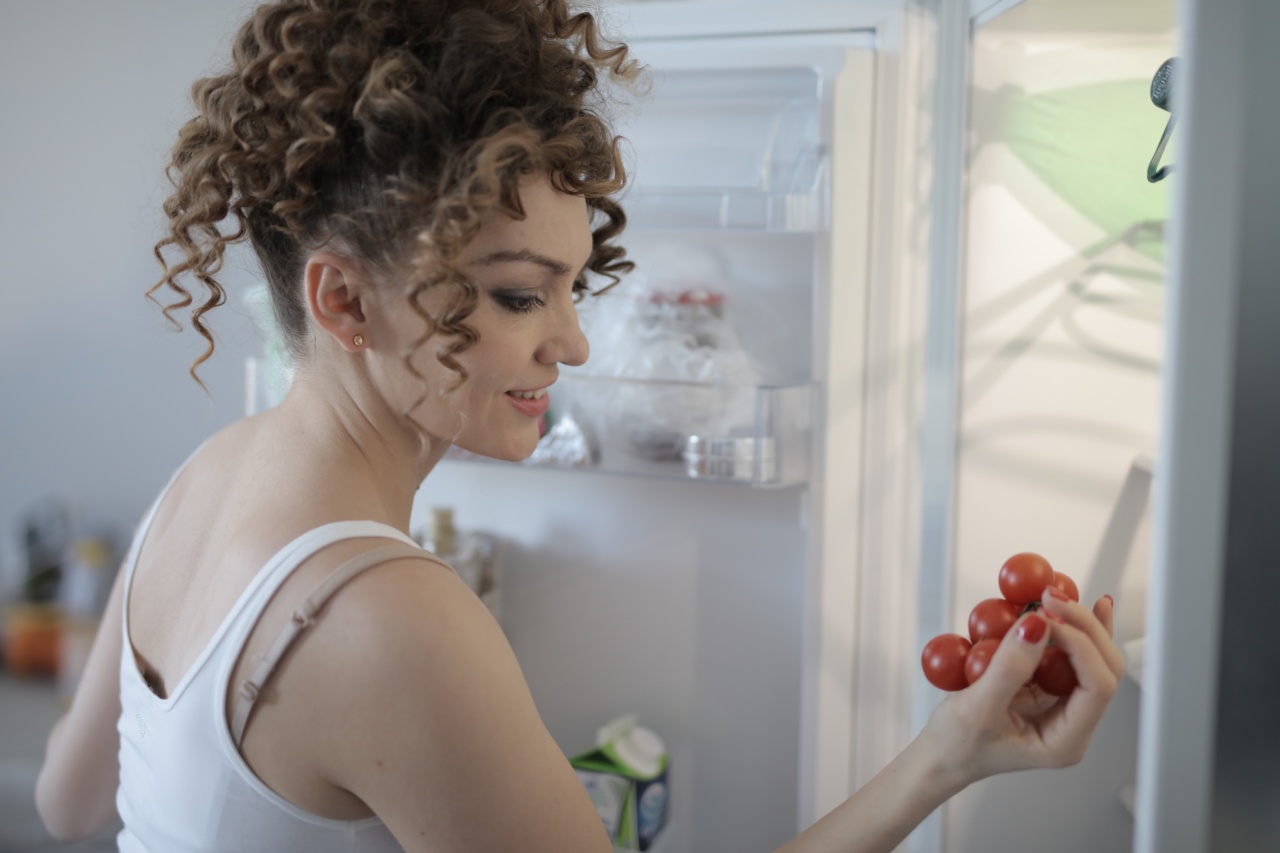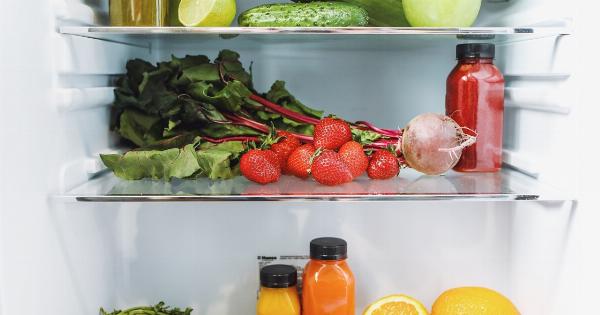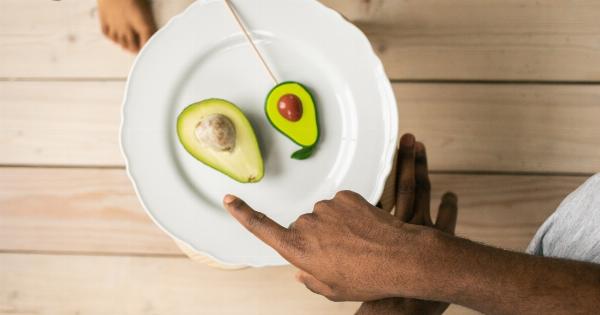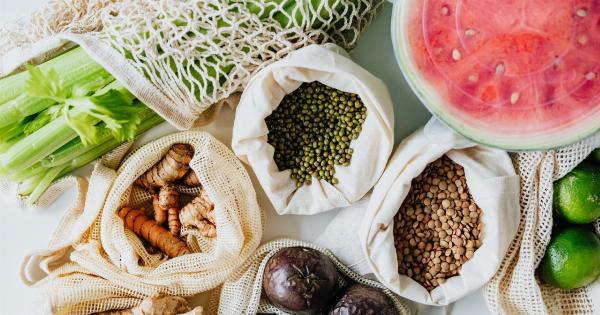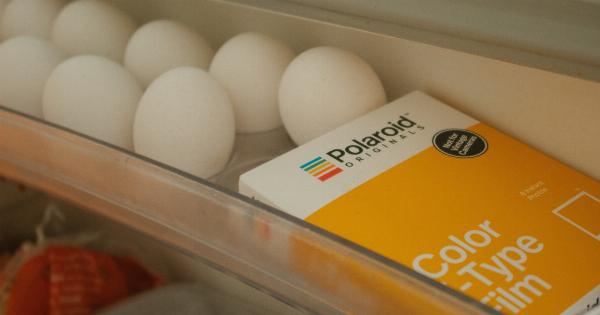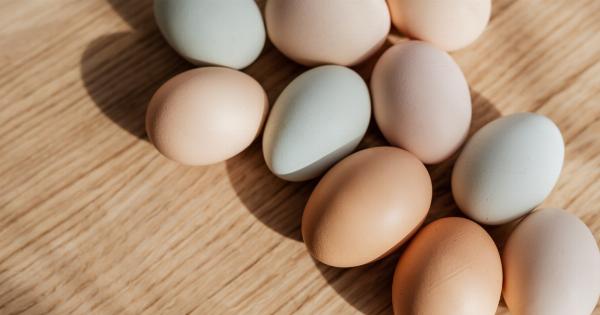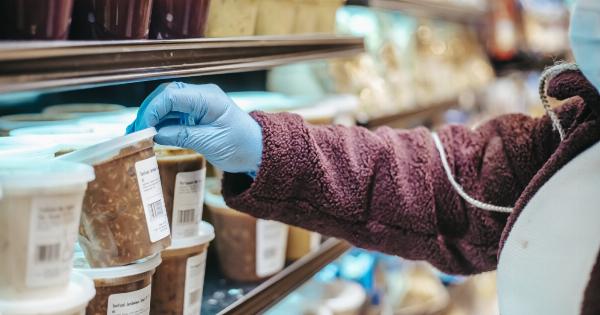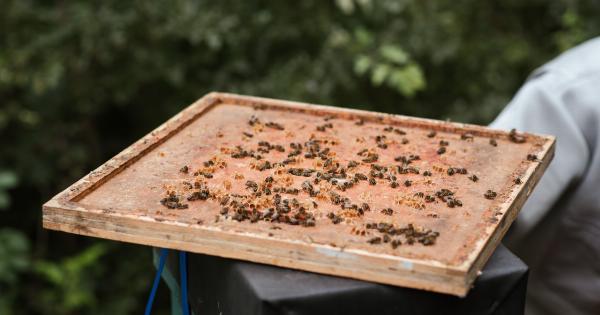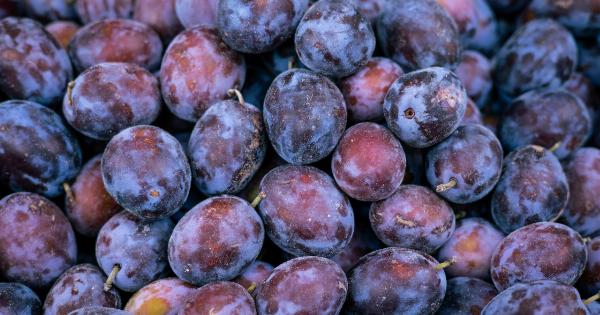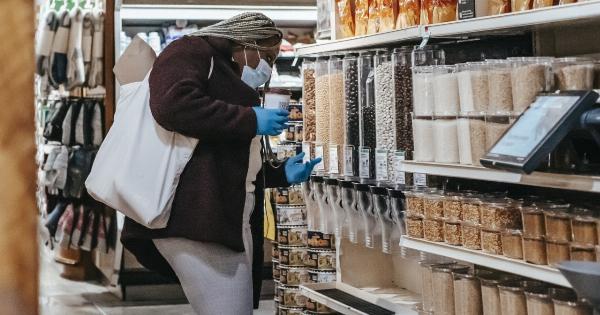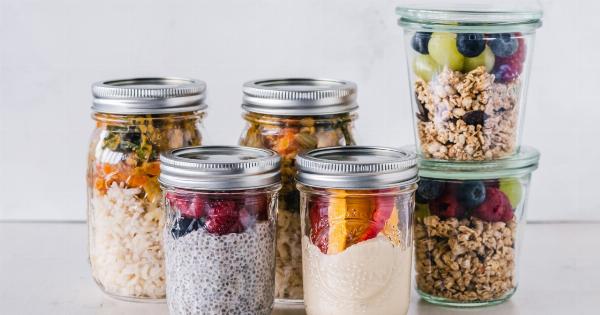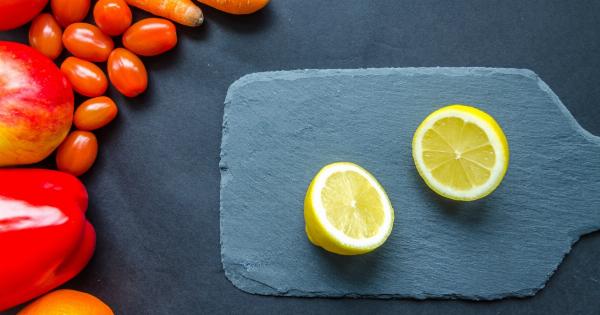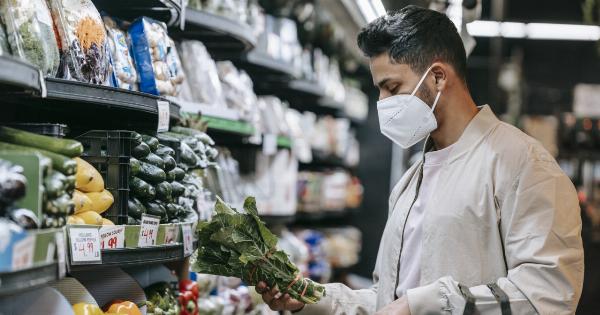Keeping food fresh in your fridge is not only important for maintaining its quality and flavor, but also for preventing food-borne illnesses. Properly storing food in the refrigerator can help extend its shelf life and minimize waste.
Here are some tips on how to keep your food fresh in the fridge.
1. Understand Safe Temperatures
The first step to keeping your food fresh in the fridge is to understand safe temperatures. Your fridge should be set at a temperature of 40°F or below. Any higher and bacteria can multiply rapidly, leading to spoilage or food-borne illness.
Make sure to use a thermometer to check the temperature of your fridge regularly. Place the thermometer in the warmest section of the fridge, which is usually the top shelf.
Keep in mind that every time you open the fridge or add new items, the temperature can fluctuate.
2. Use Air-Tight Containers
One way to keep your food fresh in the fridge is to use air-tight containers. These containers help to keep moisture levels stable, which can prevent food from drying out or becoming soggy.
They can also keep odors from one food item from affecting others in the fridge.
When storing food in air-tight containers, make sure to label them with the date and contents. This will help you keep track of how long each item has been in the fridge and when it needs to be consumed.
3. Wrap It Up
An easy way to keep your food fresh in the fridge is to wrap it up. Use plastic wrap or aluminum foil to cover foods, such as sliced fruits or vegetables or leftover meals. This can help prevent moisture loss and deter bacterial growth.
When wrapping up food, try to remove as much air as possible from the package. This will help to prevent spoilage and keep the food fresher for longer.
You can also use resealable plastic bags for foods with strong odors or foods that are likely to spill, such as raw meats.
4. Keep Fruits and Vegetables Fresh
Fruits and vegetables are some of the most perishable foods in the fridge. To keep them fresh for longer, it’s important to store them properly.
One way to do this is to keep them in the crisper drawer. This drawer is specifically designed to keep fruits and vegetables fresh by controlling humidity levels. It’s also a good idea to keep fruits and vegetables separate from each other.
Some fruits, such as apples and bananas, release ethylene gas, which can cause other fruits and vegetables to ripen and spoil more quickly.
5. Store Raw Meats Properly
Raw meats, such as chicken, beef, and pork, should be stored in the fridge at or below 40°F. To prevent cross-contamination with other foods, store them on the bottom shelf of the fridge. This will prevent any juices from dripping onto other foods.
You can also store raw meats in air-tight containers or resealable plastic bags. Make sure to label them with the date and contents, and use them within 1-2 days.
6. Label and Date Your Food
One of the easiest ways to keep your food fresh in the fridge is to label and date it. This helps you keep track of how long each item has been in the fridge and when it needs to be consumed.
Use stickers, markers, or labels to mark each container or bag with the date that it was placed in the fridge. This will help you avoid eating spoiled food and reduce food waste.
7. Don’t Overcrowd Your Fridge
Overcrowding your fridge can reduce air flow, making it harder for your food to stay fresh. It can also cause your fridge to work harder, which can increase your energy consumption.
Make sure to leave enough space between items in your fridge to allow for proper air flow. Try to avoid stuffing too many items into one drawer or shelf.
It’s also a good idea to avoid placing hot foods directly into the fridge, as this can cause the fridge to work harder to cool down.
8. Keep Your Fridge Clean
Keeping your fridge clean is important for preventing the growth of bacteria and reducing odors. Regularly clean your fridge with warm, soapy water, making sure to wipe down all surfaces and remove any spilled or expired food items.
You can also use a mixture of water and vinegar to clean your fridge, which can help reduce odors.
9. Use Your Senses
Finally, it’s important to use your senses when checking whether food is still fresh. Check for any signs of spoilage, such as mold, discoloration, or an off smell. When in doubt, throw it out.
Remember that some foods, such as hard cheeses and cured meats, can be safely consumed even if they have some mold. However, if you’re unsure, it’s best to err on the side of caution.
10. Know When to Toss
Even if you follow all of the tips above, it’s inevitable that some food will go bad. Knowing when to toss food can help prevent food-borne illnesses and reduce food waste.
Use the following guidelines to determine when to toss food:.
- Meat and seafood: 1-2 days
- Poultry: 1-2 days
- Eggs: 3-5 weeks
- Dairy products: varies (check the label)
- Fruits and vegetables: 1-2 weeks
- Bread: 1-2 weeks (or freeze for longer storage)
- Leftovers: 3-4 days
Conclusion
Keeping food fresh in the fridge is essential for maintaining its quality and safety. By following the tips above, you can extend the shelf life of your food and minimize waste.
Remember to keep your fridge at a safe temperature, use air-tight containers, wrap up food, store raw meats properly, label and date your food, avoid overcrowding your fridge, keep it clean, use your senses, and know when to toss.
